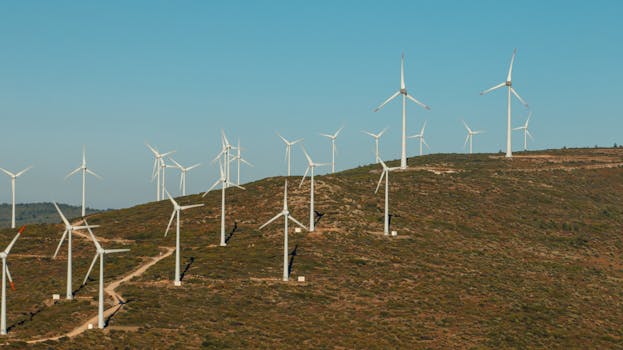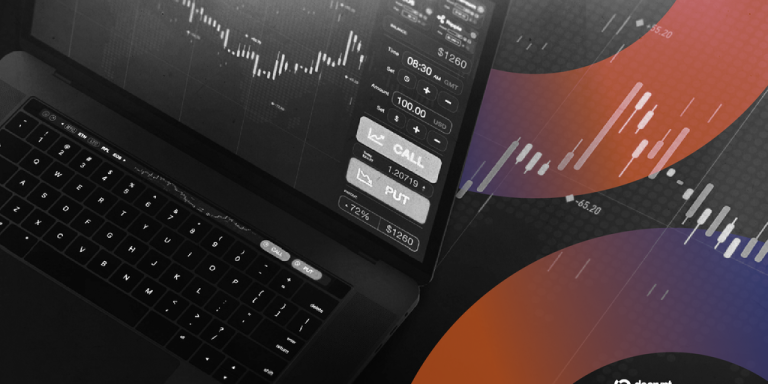
The Critical Role of Mechanics in Advancing Renewable Energy Technologies
Takeaways:
- Mechanics is fundamental in the design and efficiency of renewable energy systems.
- Understanding mechanical principles enhances the performance of solar panels, wind turbines, and hydroelectric systems.
- Innovations in mechanical engineering are driving the future of sustainable energy solutions.
The quest for sustainable energy solutions has never been more critical, and at the heart of this endeavor lies the discipline of mechanics. Mechanics, the branch of physics dealing with the motion of objects and the forces acting upon them, plays a crucial role in the advancement of renewable energy technologies. This article explores how mechanical engineering principles contribute to the efficiency, reliability, and effectiveness of various renewable energy systems, including solar, wind, and hydroelectric power.
Understanding Mechanics in Renewable Energy

In wind energy, the mechanics of aerodynamics play a pivotal role. Wind turbines must be engineered to withstand the stresses caused by high winds while efficiently capturing kinetic energy. The design of turbine blades, their angle, and their material composition are all critical mechanical considerations that impact energy output. Mechanical engineers utilize simulations and prototypes to test these designs, ensuring that turbines operate optimally in various environmental conditions.
Hydroelectric systems also depend heavily on mechanics. The design of dams and turbines requires a deep understanding of fluid mechanics, which governs how water flows and interacts with structures. Proper mechanical design ensures that hydroelectric plants can generate energy efficiently while minimizing environmental disruption.
Innovations in Mechanical Engineering for Renewable Energy

Moreover, mechanistic modeling and simulation tools have become more sophisticated, enabling engineers to predict how renewable energy systems will perform under various conditions. This predictive capability allows for design optimizations that were not previously possible, leading to more reliable and efficient energy systems.
Robotics and automation are also playing a significant role in renewable energy. Automated systems for the maintenance and operation of solar farms and wind parks can enhance efficiency and reduce costs. Drones, for instance, are increasingly used to inspect and monitor wind turbines, helping to identify potential issues before they lead to failures.
The Future of Mechanics in Renewable Energy Technologies

Collaboration between mechanical engineers, environmental scientists, and policymakers will be essential to create efficient and sustainable energy systems. Education and training in mechanical engineering will need to adapt to include a stronger focus on renewable technologies, ensuring that future engineers are equipped to tackle these challenges.
Conclusion








